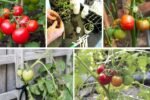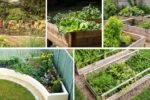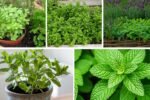Root vegetables are among the most satisfying crops to grow in a home garden. These hardy, nutrient-packed plants thrive underground, making them resilient against harsh weather, pests, and diseases. Best of all, many root vegetables are beginner-friendly, meaning you don’t need years of gardening experience to harvest crisp carrots, tender beets, or spicy radishes.
Whether you have a backyard plot, a raised bed, or even large containers, root vegetables can fit right into your gardening plans. In this guide, we’ll explore five root vegetables that are easy to grow at home, along with detailed tips for planting, caring, and harvesting each one.
1. Carrots
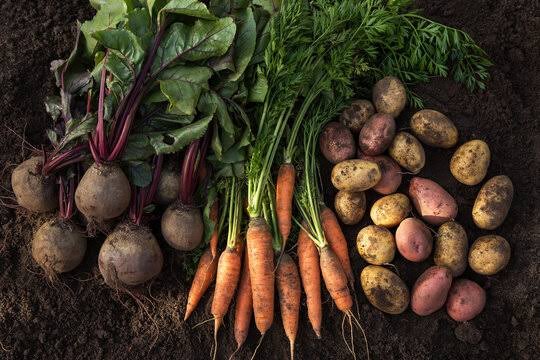
Carrots are perhaps the most iconic root vegetable—and one of the easiest to grow. With their sweet, crunchy texture and versatility in the kitchen, carrots are a staple for any home gardener.
Why Grow Carrots?
- They’re packed with beta-carotene, vitamin A, and antioxidants.
- Carrots come in a variety of colors—orange, purple, yellow, and even white.
- They store well, especially when kept in cool, dark places.
Planting Carrots:
- Soil: Carrots thrive in loose, sandy, well-drained soil free of rocks and clumps (these cause forked roots).
- Planting Depth: Sow seeds directly outdoors, about ¼ inch deep.
- Spacing: Thin seedlings to about 2 inches apart once they sprout.
- Sunlight: Carrots need full sun (6–8 hours daily).
Care Tips:
- Water consistently to keep soil moist but not soggy—uneven watering leads to split roots.
- Avoid heavy fertilization with nitrogen, which encourages leafy tops instead of strong roots.
Harvesting:
Carrots are usually ready 60–80 days after planting. Tug gently at the base of the greens—if the top of the root looks plump and vibrant, it’s time to harvest.
2. Radishes
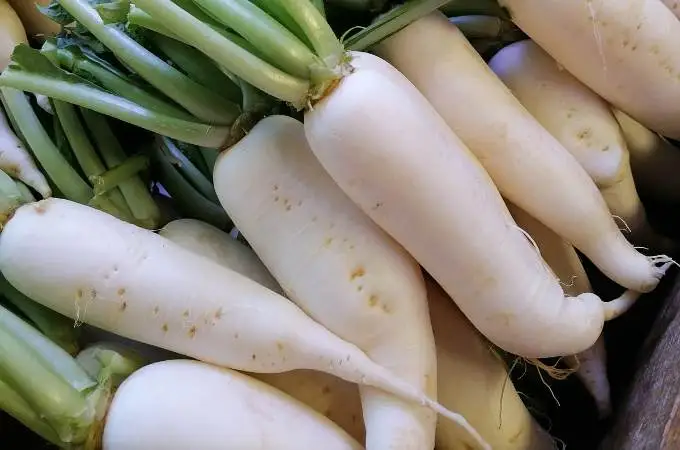
If you’re impatient to see results, radishes are the root vegetable for you. They’re among the fastest-growing crops, often ready in as little as three weeks!
Why Grow Radishes?
- Perfect for beginner gardeners—they grow quickly and easily.
- Radishes add a peppery crunch to salads and sandwiches.
- They help loosen compact soil for other plants when grown as companions.
Planting Radishes:
- Soil: Well-drained, slightly sandy soil works best.
- Planting Depth: Sow seeds about ½ inch deep.
- Spacing: Thin seedlings to 2 inches apart.
- Sunlight: Full sun produces the best roots, though radishes tolerate partial shade.
Care Tips:
- Keep soil consistently moist to prevent radishes from becoming woody.
- Plant in early spring or fall, since hot weather makes them bolt (flower early) and taste bitter.
Harvesting:
Radishes are ready in 20–30 days. Don’t wait too long to harvest, or they’ll become tough and pithy. Simply pull them out by the greens when the roots look round and firm.
3. Beets
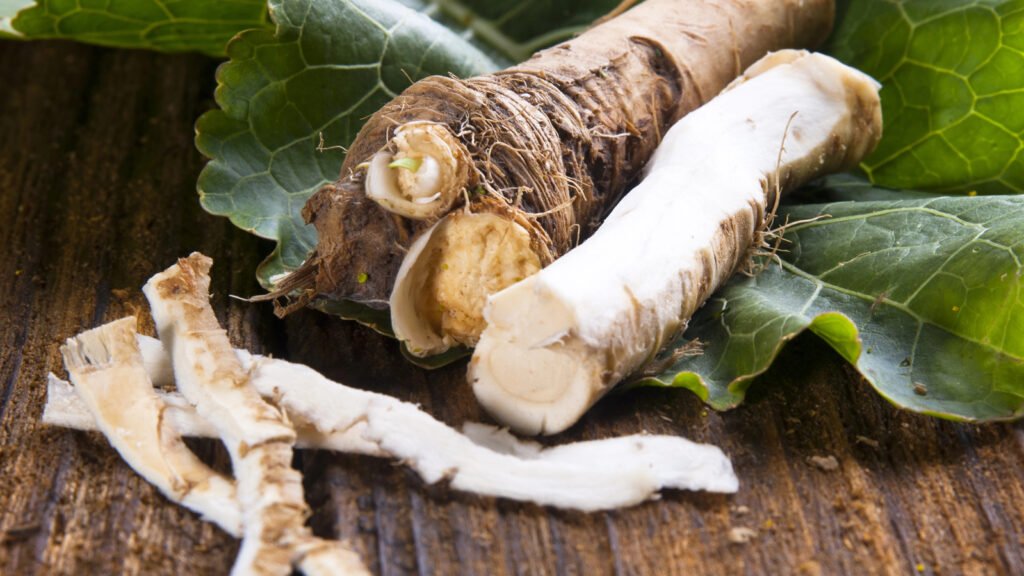
Beets are a double-duty root vegetable—you can enjoy both the nutrient-rich greens and the sweet, earthy roots.
Why Grow Beets?
- Beets are rich in folate, fiber, and antioxidants.
- They grow quickly and can be harvested young for tender baby beets.
- Their greens are edible and packed with nutrients, similar to spinach.
Planting Beets:
- Soil: Loose, fertile soil with a pH between 6.0–7.5.
- Planting Depth: Sow seeds about ½ inch deep. Each beet “seed” is actually a cluster, so thin seedlings to 3–4 inches apart.
- Sunlight: Full sun ensures strong, round roots.
Care Tips:
- Beets prefer cooler temperatures and can tolerate light frosts.
- Mulch around plants to retain moisture and keep weeds at bay.
- Feed with a balanced fertilizer, avoiding excessive nitrogen.
Harvesting:
Roots are ready to harvest when they’re about 1½–3 inches in diameter (usually 55–70 days). For tender greens, pick the outer leaves when they’re 4–6 inches tall.
4. Potatoes
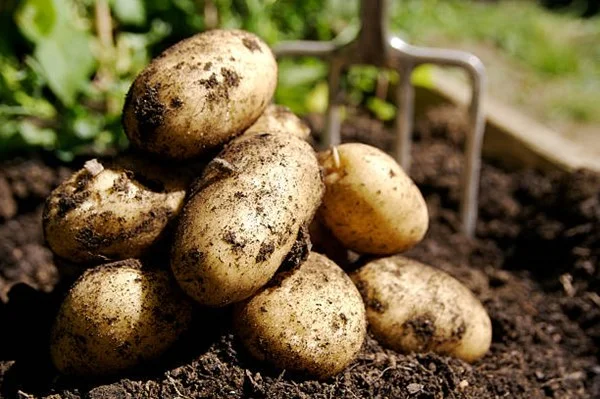
Potatoes are a staple in kitchens worldwide, and growing your own can be incredibly rewarding. They’re surprisingly easy to cultivate and can yield a big harvest from just a few starter tubers.
Why Grow Potatoes?
- They’re versatile in cooking—mashed, roasted, fried, or baked.
- Homegrown potatoes often taste richer and fresher than store-bought ones.
- They can be grown in the ground, raised beds, or even large containers and grow bags.
Planting Potatoes:
- Seed Potatoes: Use certified disease-free seed potatoes (not grocery store ones). Cut large tubers into chunks with at least one “eye,” and let them cure for a day before planting.
- Soil: Loose, well-drained soil enriched with compost.
- Planting Depth: Plant chunks 4 inches deep, spaced 12 inches apart.
- Sunlight: Potatoes need full sun for the best yields.
Care Tips:
- Hilling: As plants grow, mound soil or straw around the stems to protect developing tubers from sunlight and increase yield.
- Keep soil evenly moist but avoid waterlogging.
Harvesting:
- New potatoes can be harvested about 10 weeks after planting.
- For mature potatoes, wait until plants turn yellow and die back, then carefully dig them up.
5. Onions
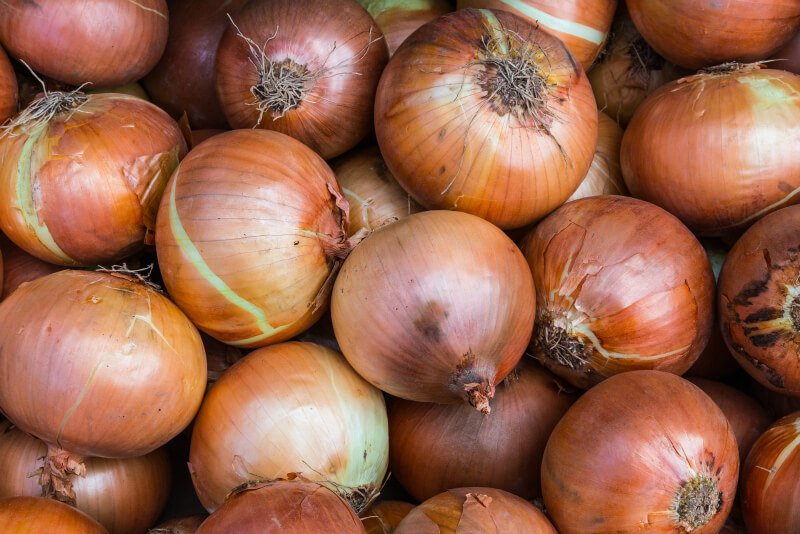
Onions are a kitchen essential and one of the easiest root crops to grow at home. They come in a variety of types, including sweet, red, and storage onions, giving you endless options for flavor.
Why Grow Onions?
- They store well for months when cured properly.
- Onions are used in countless dishes, making them a valuable staple crop.
- They repel certain pests, making them excellent companion plants.
Planting Onions:
- Methods: Onions can be started from seeds, sets (small bulbs), or transplants. Beginners usually find sets the easiest.
- Soil: Loose, well-draining soil with a high organic matter content.
- Planting Depth: Plant sets 1 inch deep, 4 inches apart.
- Sunlight: Onions require full sun to form large bulbs.
Care Tips:
- Water consistently, especially during dry spells.
- Fertilize lightly every few weeks to promote steady growth.
- Keep the area weed-free, as onions don’t compete well with weeds.
Harvesting:
Onions are ready when the tops fall over and turn yellow, typically 100–120 days after planting. Pull them up, let them cure in a dry, shaded spot for 2–3 weeks, and store in mesh bags.
General Tips for Growing Root Vegetables
While each crop has its unique needs, most root vegetables share some common requirements:
- Soil Preparation: Loose, well-drained soil is essential for proper root development. Break up clumps and remove stones before planting.
- Consistent Moisture: Roots grow best in evenly moist soil, not soggy or bone-dry. Mulch helps retain water.
- Thinning Seedlings: Overcrowding stunts root growth. Thin young plants early for the best harvest.
- Crop Rotation: Avoid planting the same root vegetable in the same spot year after year to prevent disease buildup.
- Cool Weather Preference: Many root vegetables (like carrots, beets, and radishes) thrive in spring and fall when temperatures are mild.
Final Thoughts
Growing root vegetables at home is simpler than many people think, and the rewards are immense. From crisp carrots and peppery radishes to earthy beets, hearty potatoes, and flavorful onions, these crops offer both delicious harvests and long-term storage options.
By following the tips above, even a beginner gardener can enjoy a thriving root vegetable garden. All you need is some loose soil, consistent care, and a little patience—and soon you’ll be pulling fresh, homegrown roots straight from the ground to your kitchen.
So, if you’re ready to add resilience, nutrition, and flavor to your gardening and cooking routine, start with these five easy-to-grow root vegetables. You’ll be surprised at how quickly your garden becomes both productive and rewarding.

